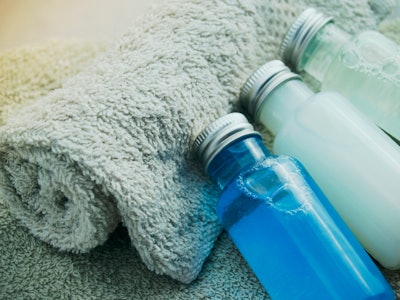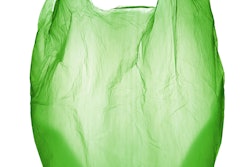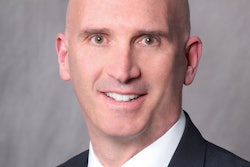
Demand for plastic cosmetic and toiletry containers in the U.S. is projected to increase 1.6% per year to 17.6 billion units in 2020. Growth will be the result of healthy shipment expansion in a number of key plastic container applications, such as oral care products and cosmetics. In addition, advances will be supported by plastic’s advantages over other materials, including performance characteristics and a relatively favorable cost structure. These and other trends are presented in “Cosmetic & Toiletry Containers in the US, 7th Edition,” a new study from The Freedonia Group.
Notes the study, because of considerable advantages over competitive packaging media, plastics have captured a substantial share of the U.S. packaging market over the past several decades, including cosmetic and toiletry containers. However, competition from glass and metal containers will remain strong in a number of applications, particularly where a more upscale or distinctive image is desired.
Says analyst Katie Wieser, “Advances in full-body can shaping are enabling aluminum containers to make inroads into plastic applications in uses such as sunscreens, sunless tanners, facial cleansers, and depilatories.” However, plastic’s capture of market share from other materials will slow, as many markets have become saturated. Therefore, expansion will arise primarily from shipment and population growth and new product introductions.
Of the primary container types, plastic bottles will continue to hold a large share of total demand with gains tracking the plastic container average. Their dominance is due to the entrenched position of plastic bottles in many high-volume applications such as shampoo, conditioner, and lotion. Although other plastic formats, such as squeeze tubes and jars, will gain ground based on demand for packaging that can provide shelf differentiation, plastic bottles will continue to hold the largest share of the total market. Both tubes and other plastic containers will see slightly faster gains, however, due to better prospects for cosmetics and the adoption of non-traditional package formats.























